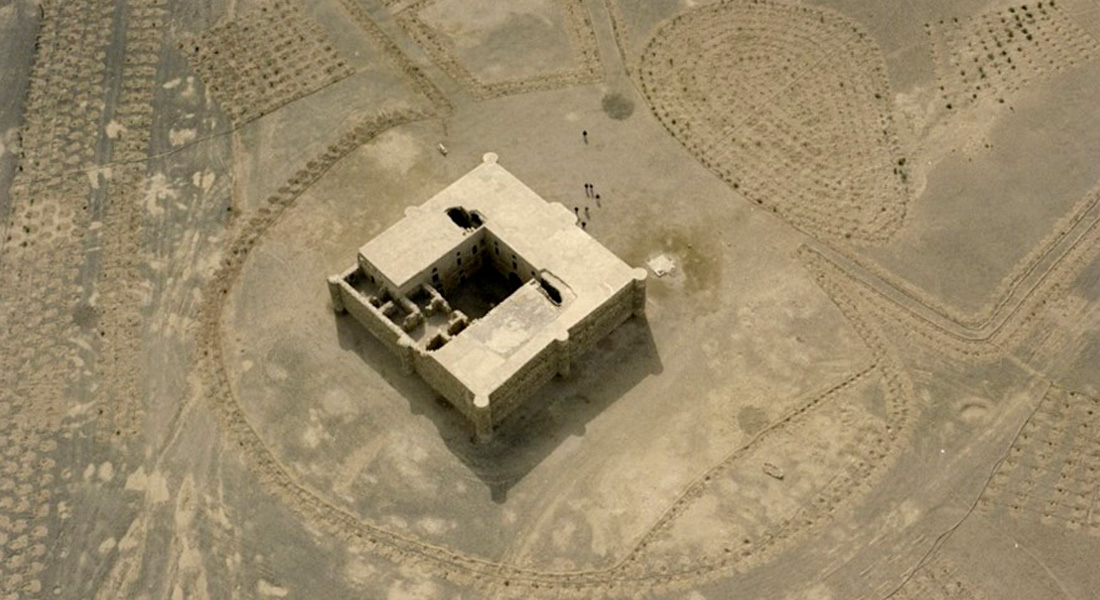Etic and emic approaches for the identification of cities and villages in archaeology

Guest Lecture by Professor Hagit Nol, Institut für Archäologische Wissenschaften, Goethe-Universität Frankfurt am Main.
In archaeology, scholars often describe settlement sites as ‘urban’ or ‘rural’. Less often do they list the grounds for this identification. Archaeologist Michael Smith promotes two definitions for cities in archaeology: ‘functional urban’ for sites central to their surroundings, and ‘socially urban’ for sites which answer elements such as size and functional centralism. While the first definition is not always valid as economic hubs are central but do not necessarily correlate with what we imagine to be a city, historians and sociologists highlight the invalidity of the second definition as well, with various contexts and perspectives. In this talk I approach the problem by comparing emic (textual) data with etic (archaeological) observations from one case study: settlements in Palestine during the seventh to the eleventh century CE. The comparison resulted in an interesting but not complete correlation. The study highlights the importance of a contextual inquiry, a regional overview, and a bottom-up perspective.
Map of South Campus
View directions.
View on map of the Faculty of Humanities - South Campus.
View map of South Campus (pdf).
